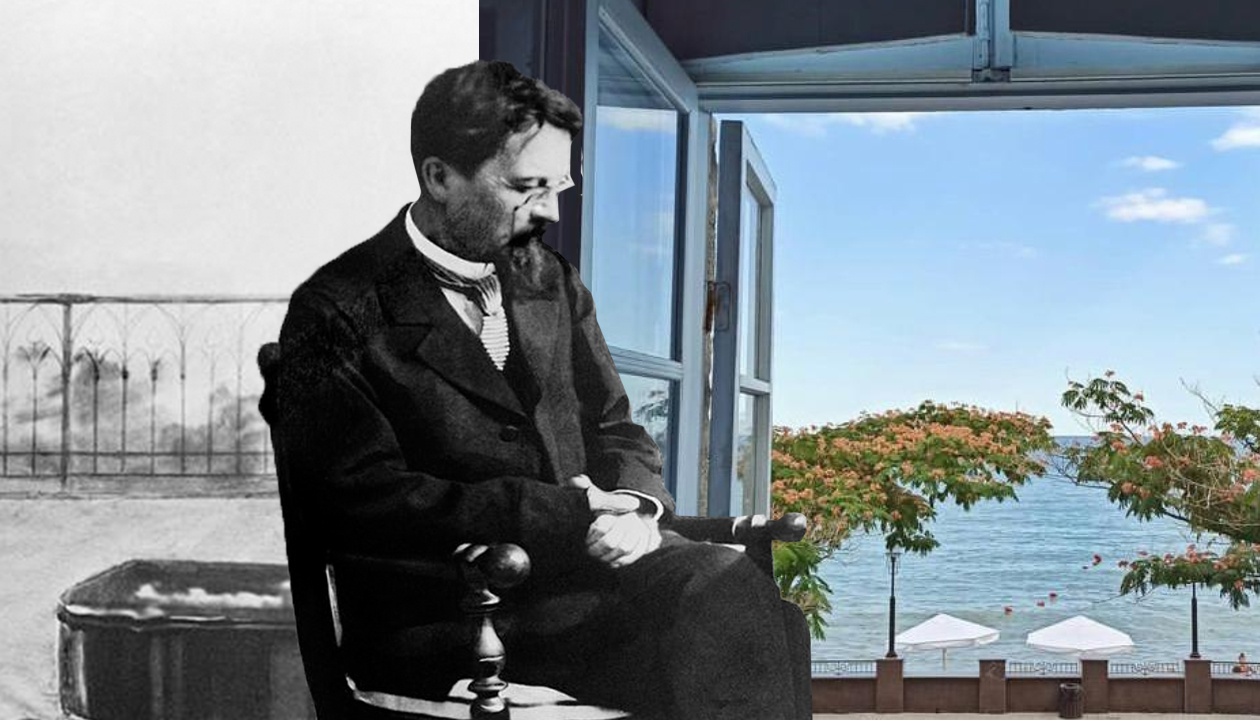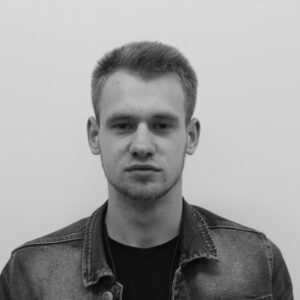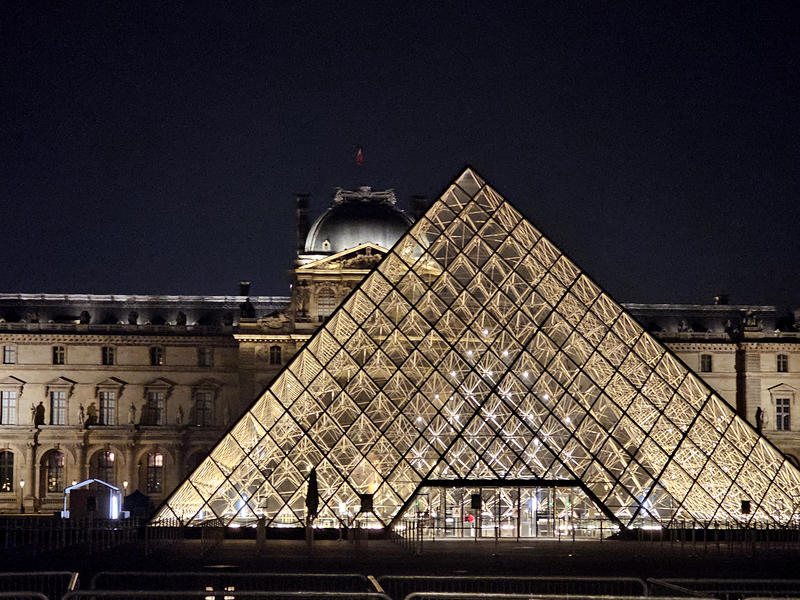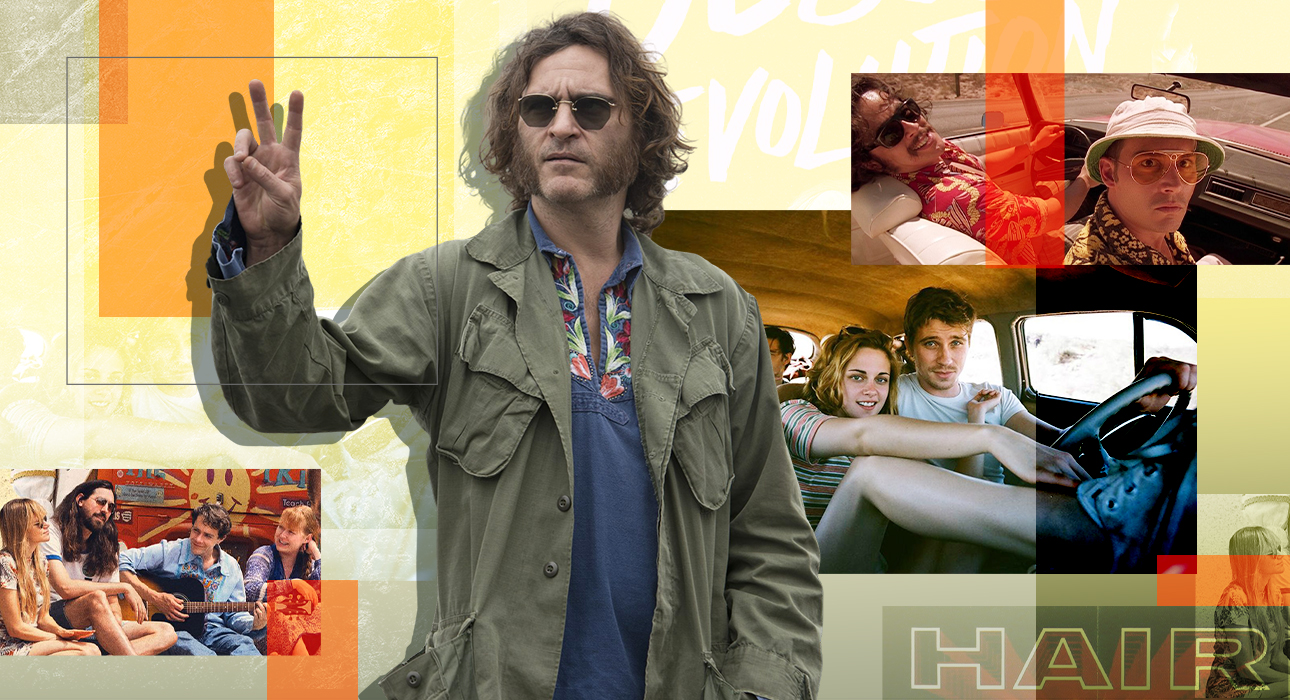Perhaps no one described nature as graceful, ornate, and pure-blooded as the Russian writers and poets of the 19th and 20th centuries. Mountains turning pink at sunset, vast plains, ear fields. But these literary landscapes had very real prototypes.
On the eve of the May holidays, we have prepared a guide to the places of power of the greatest figures of Russian literature, from Pushkin to Akhmatova.
If you choose one of the routes, be sure to bring a volume of the author you are going to follow. This will make your trip even more enjoyable!
Alexander Sergeevich Pushkin – Crimea, Gurzuf, Caucasus and Bakhchisaray
The great poet first visited the Crimea in 1820, and they say that after spending only a month there, he fell in love once and for all. He stopped first in Kerch, then in Feodosia, and then went to Kara-Dag. By the way, many poets of the Silver Age later rested. The next point of the journey was the city of Gurzuf.

Alexander Sergeevich described this place by its characteristic art in one of his letters: “When I woke up, I saw a fascinating picture: the colorful mountains were shining; The flat roofs of Tatar huts remotely resembled beehives clinging to the mountains; poplars rose thinly between them, like green pillars; on the right is a huge Ayu-Dag … And around it is a blue clear sky and a bright sea, shimmering and midday air. There he rode a horse, worked, “swim in the sea and fed himself grapes” (quote from the poet’s diaries). Before leaving for the Crimea, Pushkin was treated for two months in the Caucasus, bathed in hot sulfur springs in Kislovodsk and Essentuki, and then wrote the poem “Prisoner of the Caucasus”.
Mikhail Yurievich Lermontov – Stavropol, Pyatigorsk, Mineralnye Vody and Kislovodsk

The nature and atmosphere of the Caucasus greatly influenced the work of the poet, it was there that the “Hero of Our Time” and a dozen other works were born. He first came there as a five-year-old boy to improve his health. Six years later, Lermontov traveled with his grandmother to the Warm Waters in Kislovodsk, where he interacted with the locals and became increasingly inspired by the local culture. They say that Lermontov walked a lot, and Mashuk admired the Beshtau mountains, he wrote about this in his diaries: “Now I am in the water, drinking and bathing, in general, I live just like a duck.” But during a vacation in Stavropol, where his uncle lived, Mikhail Yuryevich, impressed by his stories, wrote the famous Borodino.
Lev Nikolayevich Tolstoy – Crimea, Gaspra

Crimea is Leo Tolstoy’s favorite place, he first visited the peninsula during the Crimean War, and then wrote his famous Sevastopol Tales. Lev Nikolayevich returned again almost 50 years later, in 1901, and spent nine months in Gaspra. He stayed with his family in the estate of Countess Sofia Panina (now this is the Yasnaya Polyana sanatorium). The nature of the southern coast of Crimea made the greatest impact on the writer. In his diaries, he wrote: “One moonlit night, cypress trees half-mountain, black pillars, fountains everywhere, and murmuring ceaselessly under the deep blue sea. There is nothing alone, beautiful, majestic and man-made.” During his stay in the Crimea, other Russian writers often visited him: Kuprin, Chekhov, Korolenko and Gorky.
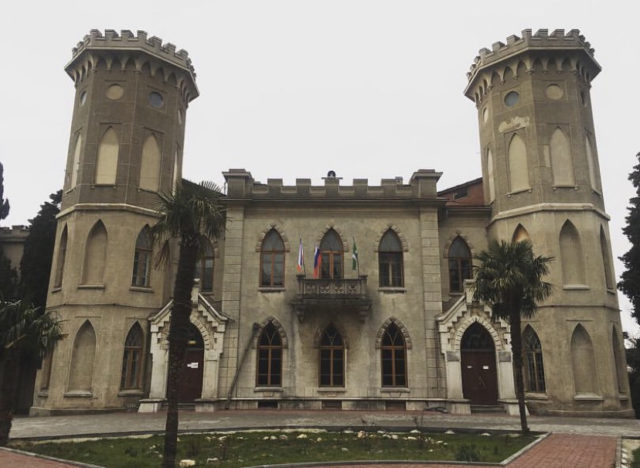
Anton Pavlovich Chekhov – Crimea, Yalta

In 1989, the writer moved to the Russian “Côte d’Azur”, where he bought a small plot of land and built a house every 10 months (now there is a museum). He lived there until his death in 1904. Near the house, Anton Pavlovich arranged a whole garden, planted magnolias, boxwoods, cypresses and many magnificent shrubs and flowers. Now more than 60 plants have been preserved on the territory of the author’s house, which he once planted. In general, Yalta life formed the basis of many of his stories and plays. Some of Chekhov’s most famous works were written in the Crimea: “The Cherry Orchard”, “The Three Sisters”, “On the Mountain Pass”, “Woman with a Dog”, “Christmas Time” and “The Bride”.

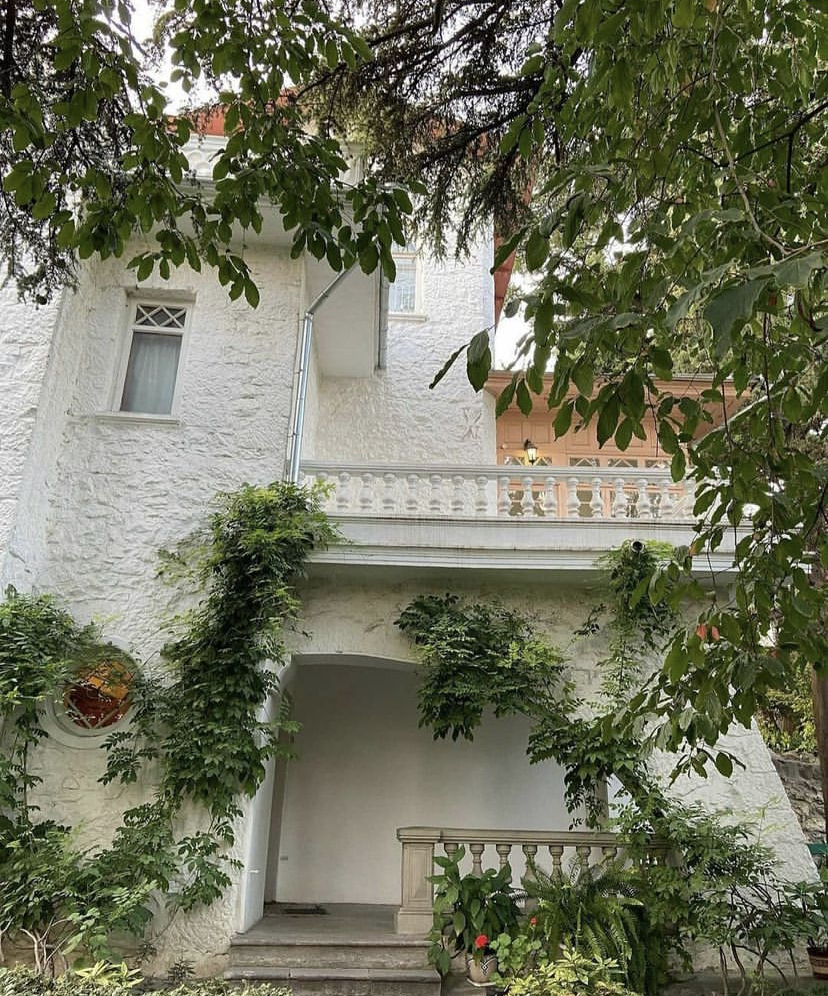
Vladimir Vladimirovich Mayakovsky – Crimea, Evpatoria

“The land of apricots, duchesses and fleas, health and dysentery” – this is how Vladimir Mayakovsky described the resort in one of his poems. The avant-garde poet often rested abroad, was in France and Italy, but they say that he liked the Crimea the most. He once traveled up and down the peninsula and dedicated 13 poems to it. In fact, a small cove on Black Mountain was named after him.
Mikhail Afanasyevich Bulgakov – Crimea, Koktebel

In the 1920s, the poet Maximilian Voloshin lived in his own cottage in Koktebel. In the summer of 1925, at his invitation, Bulgakov and his second wife, Lyubov Belozerskaya, came to visit. Voloshin arranged for them excursions to the mountains to holy places, and Bulgakov became interested in collecting semi-precious stones on the coast, which was a real trend at that time. From Koktebel the couple went to Feodosia, and from there to Yalta. The author dedicated the article “Journey in the Crimea” to this journey.
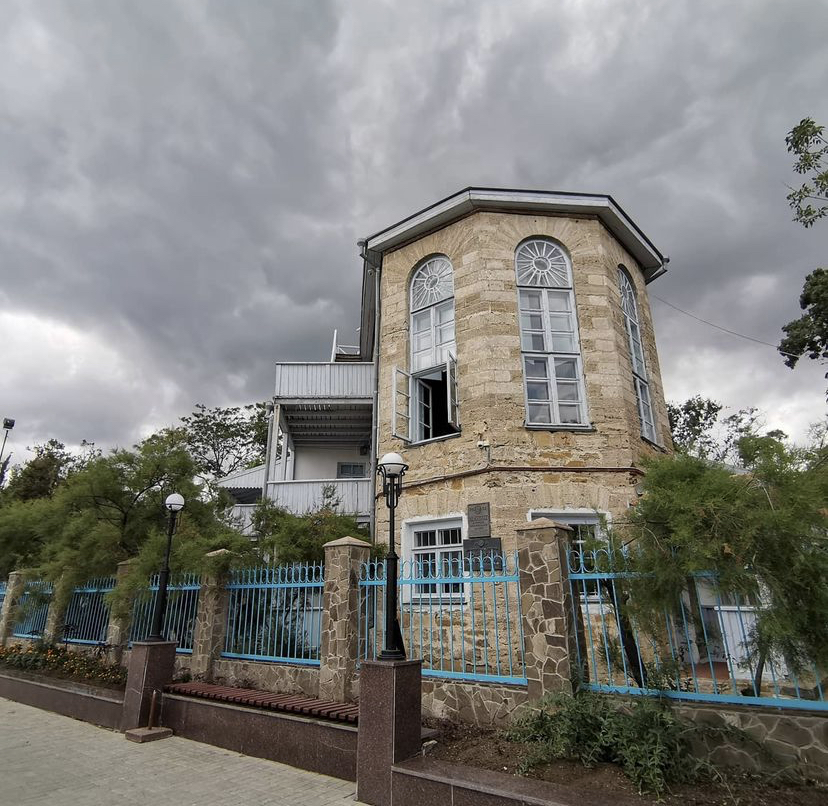

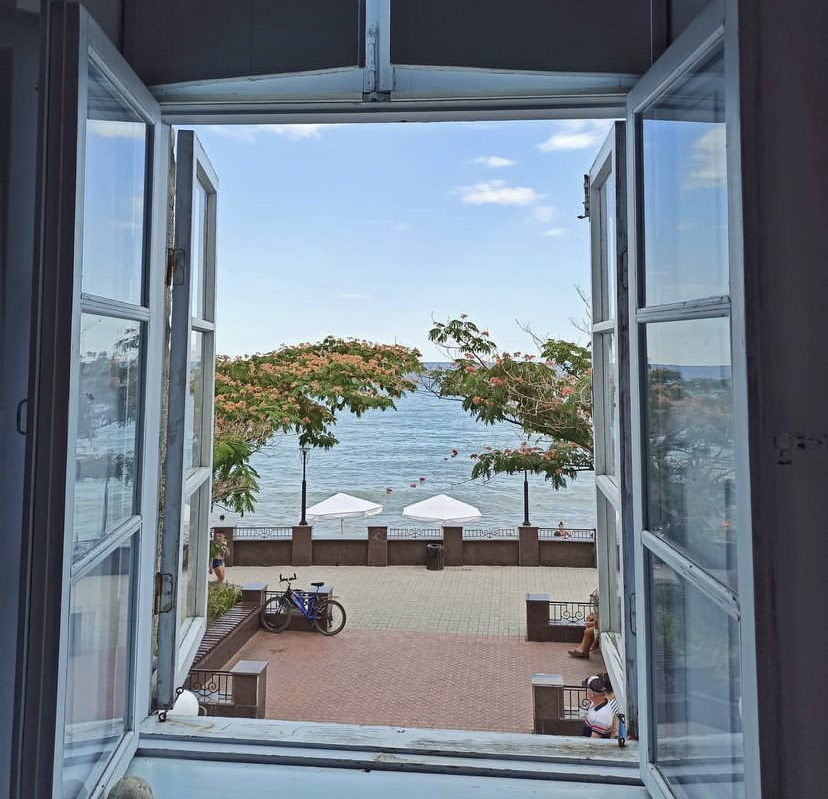
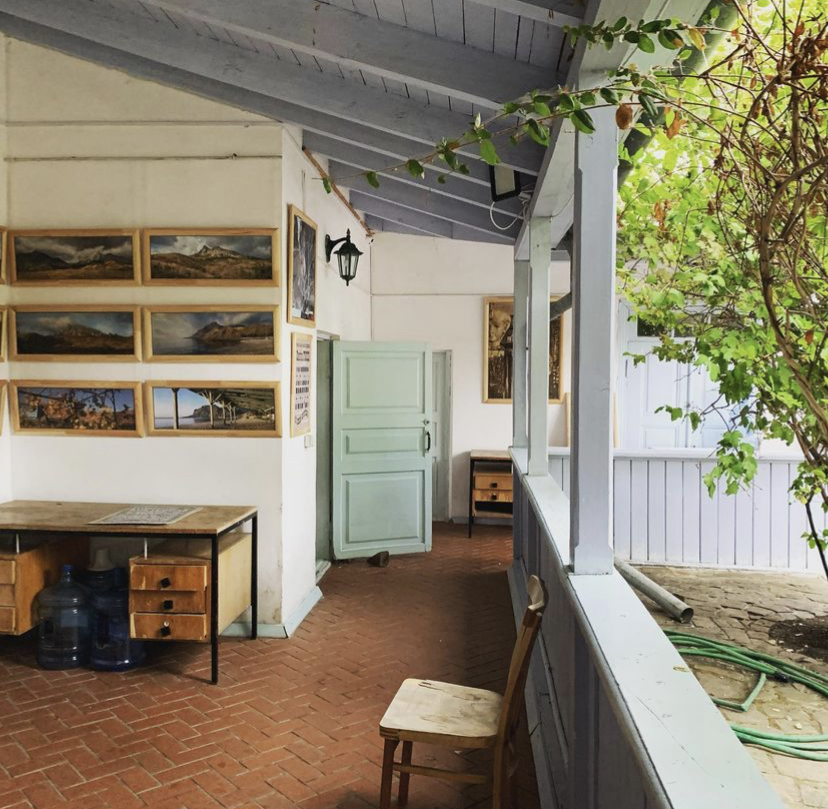
Anna Andreevna Akhmatova – St. Petersburg, Komarovo resort

Once upon a time, the Gulf of Finland, St. It was considered the most literary place in St. Petersburg. Since 1955, Anna Andreevna Akhmatova lived and worked in a small house called “Stand”. He described it in the poem “Seaside Sonnet”. It seems that all the creative intellectuals visited this cottage: Faina Ranevskaya, Dmitry Likhachev, Joseph Brodsky, Bella Akhmadulina and others. One of the poet’s favorite places was Pike Lake, where he often walked. By the way, he often referred to her in his poems, calling him simply Tsarskoye Selo she.
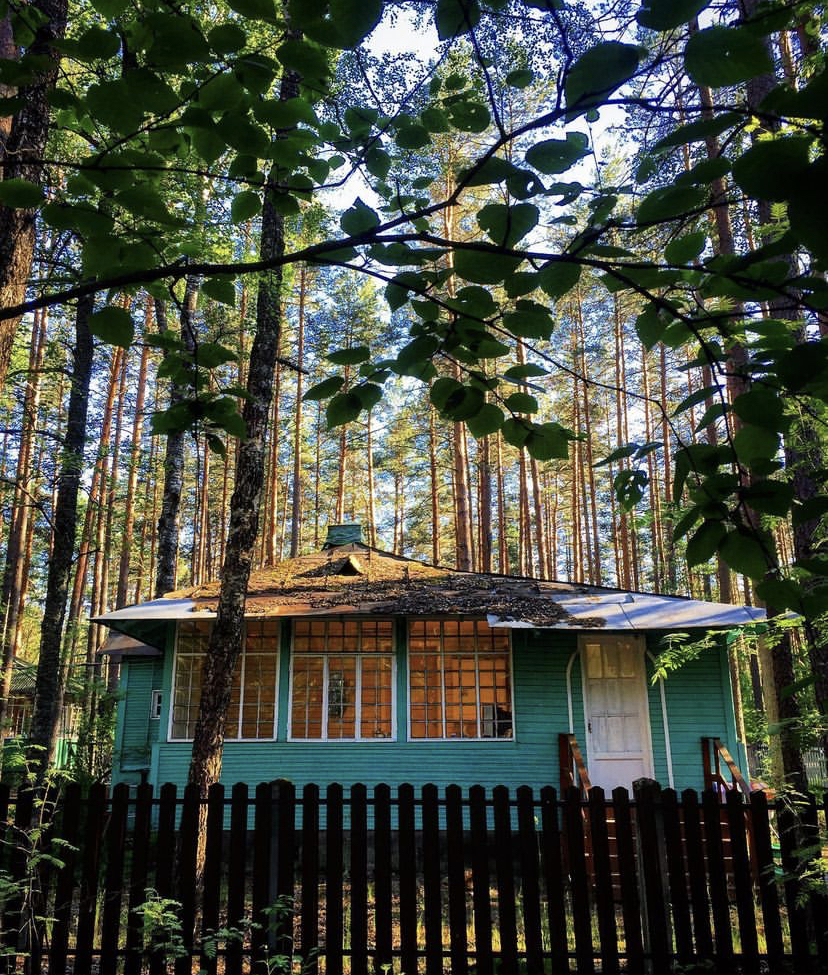
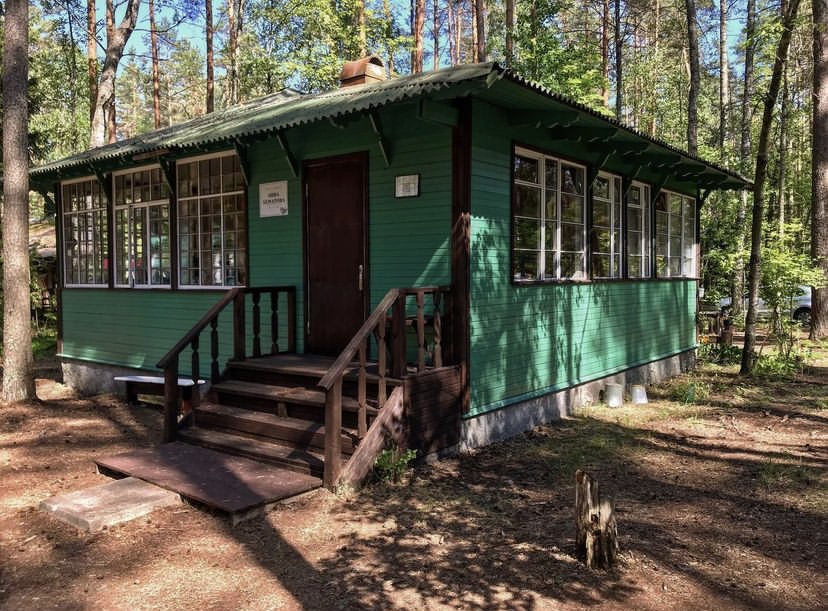
Source: People Talk

